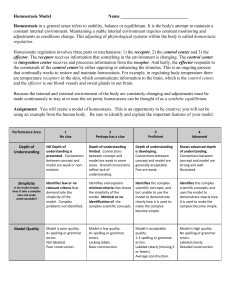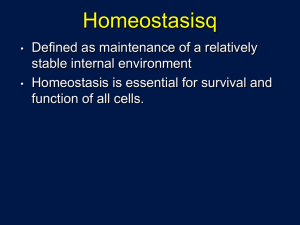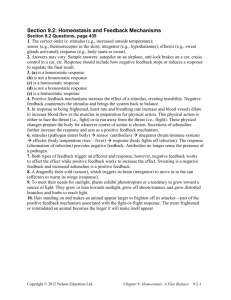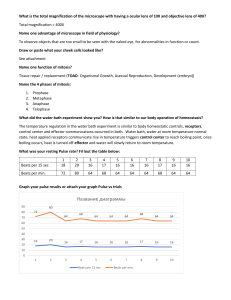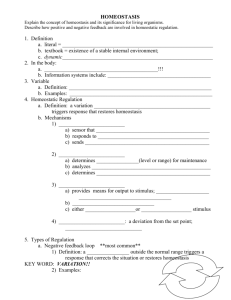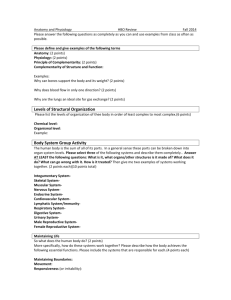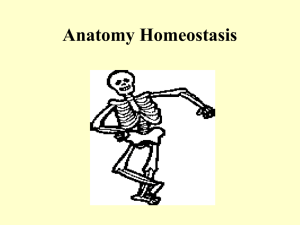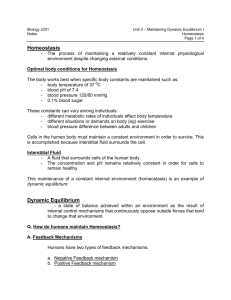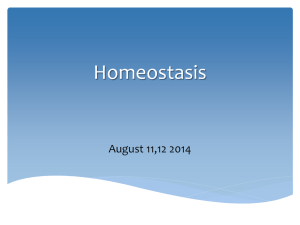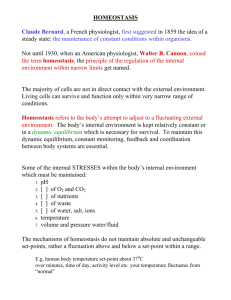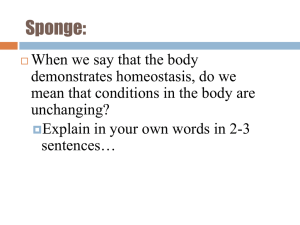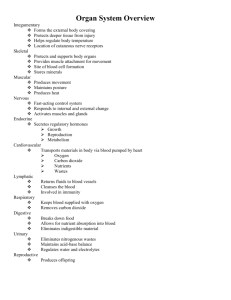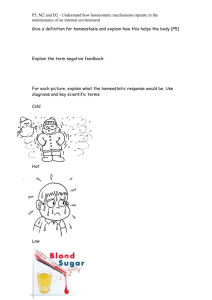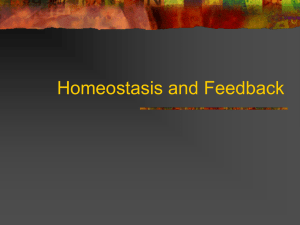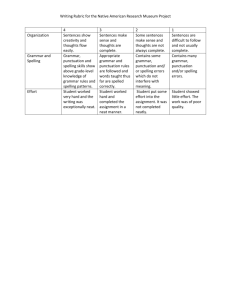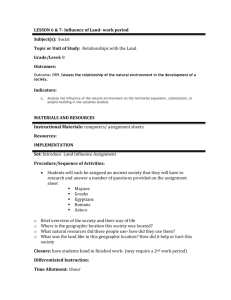Homeostasis-Model
advertisement
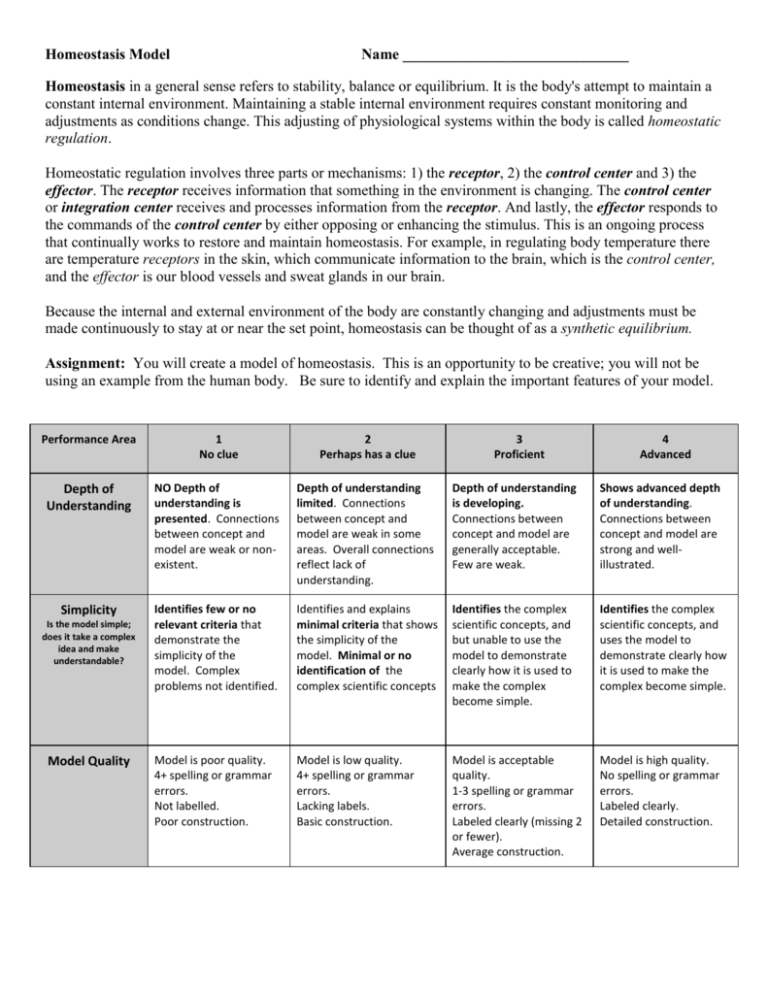
Homeostasis Model Name ______________________________ Homeostasis in a general sense refers to stability, balance or equilibrium. It is the body's attempt to maintain a constant internal environment. Maintaining a stable internal environment requires constant monitoring and adjustments as conditions change. This adjusting of physiological systems within the body is called homeostatic regulation. Homeostatic regulation involves three parts or mechanisms: 1) the receptor, 2) the control center and 3) the effector. The receptor receives information that something in the environment is changing. The control center or integration center receives and processes information from the receptor. And lastly, the effector responds to the commands of the control center by either opposing or enhancing the stimulus. This is an ongoing process that continually works to restore and maintain homeostasis. For example, in regulating body temperature there are temperature receptors in the skin, which communicate information to the brain, which is the control center, and the effector is our blood vessels and sweat glands in our brain. Because the internal and external environment of the body are constantly changing and adjustments must be made continuously to stay at or near the set point, homeostasis can be thought of as a synthetic equilibrium. Assignment: You will create a model of homeostasis. This is an opportunity to be creative; you will not be using an example from the human body. Be sure to identify and explain the important features of your model. Performance Area 1 No clue 2 Perhaps has a clue Depth of Understanding NO Depth of understanding is presented. Connections between concept and model are weak or nonexistent. Depth of understanding limited. Connections between concept and model are weak in some areas. Overall connections reflect lack of understanding. Depth of understanding is developing. Connections between concept and model are generally acceptable. Few are weak. Shows advanced depth of understanding. Connections between concept and model are strong and wellillustrated. Simplicity Identifies few or no relevant criteria that demonstrate the simplicity of the model. Complex problems not identified. Identifies and explains minimal criteria that shows the simplicity of the model. Minimal or no identification of the complex scientific concepts Identifies the complex scientific concepts, and but unable to use the model to demonstrate clearly how it is used to make the complex become simple. Identifies the complex scientific concepts, and uses the model to demonstrate clearly how it is used to make the complex become simple. Model is poor quality. 4+ spelling or grammar errors. Not labelled. Poor construction. Model is low quality. 4+ spelling or grammar errors. Lacking labels. Basic construction. Model is acceptable quality. 1-3 spelling or grammar errors. Labeled clearly (missing 2 or fewer). Average construction. Model is high quality. No spelling or grammar errors. Labeled clearly. Detailed construction. Is the model simple; does it take a complex idea and make understandable? Model Quality 3 Proficient 4 Advanced
